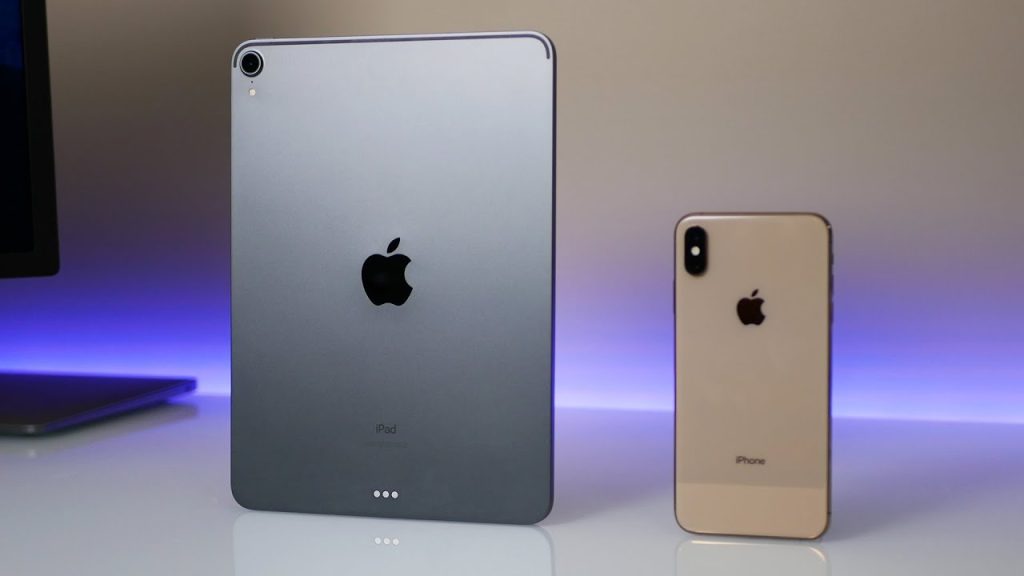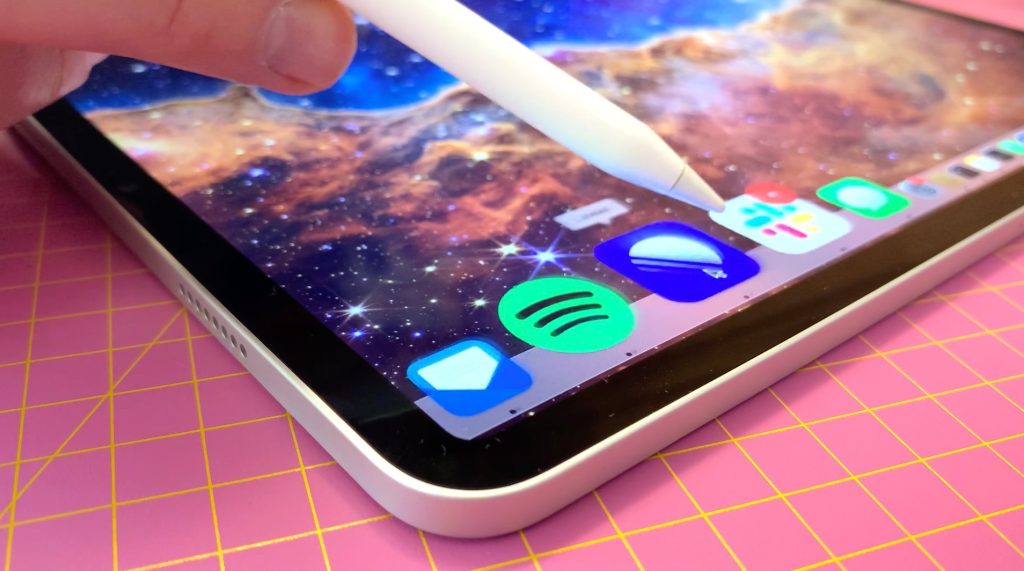[ad_1]

The 2018 iPad Pro deserves a prominent spot in the Apple hardware hall-of-fame. No other product from Apple has remained so functional for so long without appearing long in the tooth. The 11-inch iPad Pro, specifically, has held up extraordinarily well for a product from nearly five years ago.
The thing about the 2018 iPad Pro is that it’s been replaced three times so far, yet it still offers what could be mistaken for the state-of-the-art user experience. Most computers from five years ago simply haven’t held up in the same way.
The original HomePod may be the best exception, and that’s a product that left the market and has a reputation for failing over time. While still premium, an iPhone XR or iPhone XS from 2018 has changed much more dramatically in the same time span.
Most Macs from 2018 are even further behind current machines, which is especially true because of the transition from Intel to Apple Silicon. Perhaps Macs running on M2 chips will similarly maintain their modern sense over time.
In the case of the iPad Pro, one could argue it has aged so well because the tablet category hasn’t been progressed as quickly as other the iPhone and Mac. That can be true without conceding that the iPad Pro feels stale and dated.
It doesn’t hurt that the most exciting Android tablet teased last year looks like a decent competitor to the iPad in 2014.

There’s something else special about the 2018 iPad Pro: New features for any given year are often likely to make their way to cheaper versions of the same product given enough time. The 2018 iPad Pro hasn’t had to deal with this.
The last two generations of iPad Air are the closest case of this happening in terms of appearance, but features like Face ID and ProMotion remain exclusive to the Pro line.
How well the 2018 iPad Pro has aged does create a limited upgrade path. Reasons for replacing a 2018 iPad Pro may include seeking out more storage capacity, wanting to add cellular, or switching display sizes.
Other differences between the 2018 iPad Pro and new models are adding up, but new iPad Pro features are far less compelling than new iPhone features across the same timespan.
Upgrading from a 2018 iPad Pro would fetch you a LiDAR sensor, an ultra wide camera, 5G compared to LTE, and a modest new Apple Pencil feature with hover. Newer chips have better benchmarks, but performance for most tasks still feels fine.
The biggest upgrades to the iPad Pro experience, however, have been compatible with the 2018 iPad Pro. This includes the Magic Keyboard accessory which brings trackpad integration, and the core of Stage Manager multitasking sans second display support.

Of course we all know about the awkward state of the iPad lineup that started with the 10th-gen iPad. Its FaceTime camera moves to the center of landscape orientation versus portrait, and its external keyboard has a function row not yet available for the Pro line.
Those changes will hopefully make their way to the next big revision to the iPad Pro line. For now, they just further cement the 2018 iPad Pro’s place in history as a product that has stood the test of time. If you’re in the market for an iPad Pro, you go for the newest model. If you’re still running the 2018 iPad Pro, however, you’ve got the iPad with the best shelf life ever.
FTC: We use income earning auto affiliate links. More.
[ad_2]
Source link
